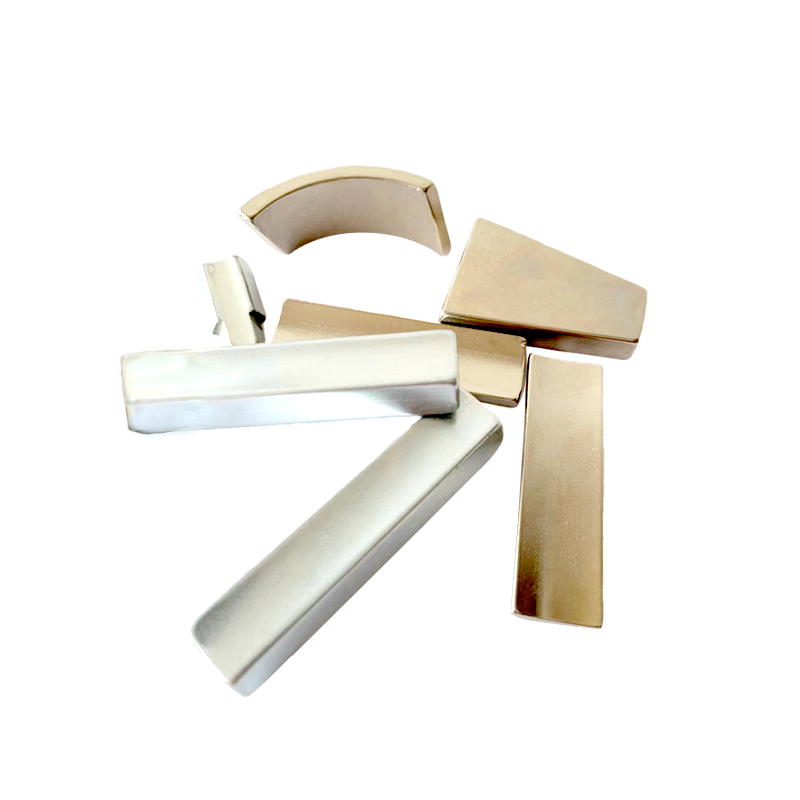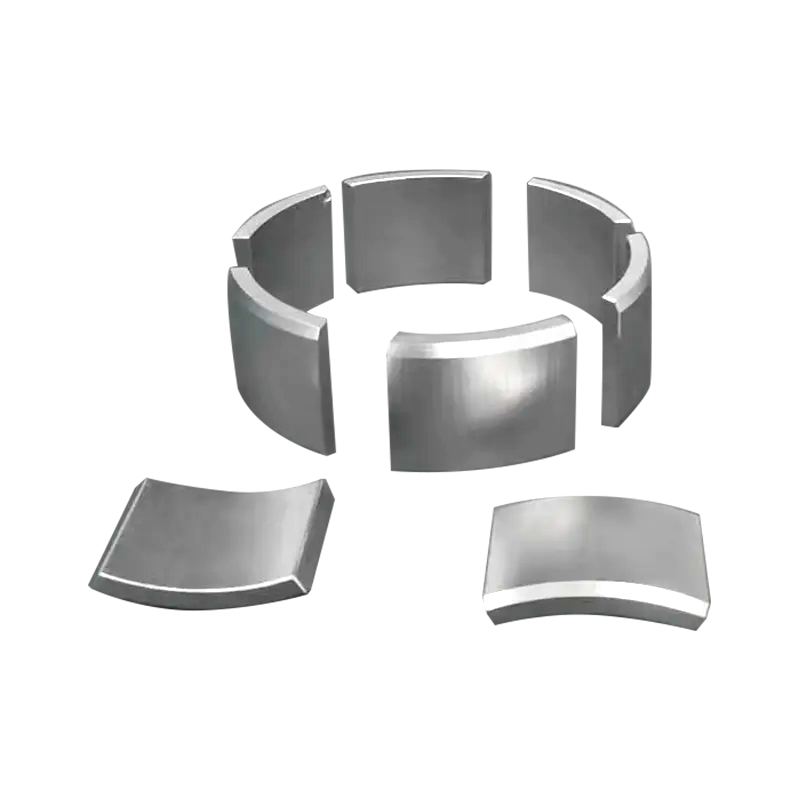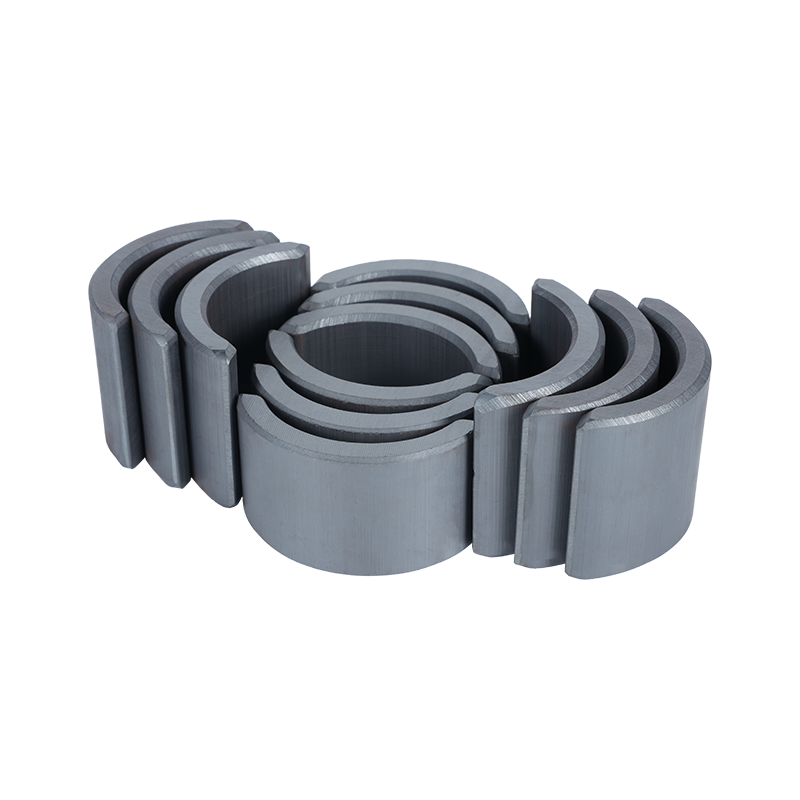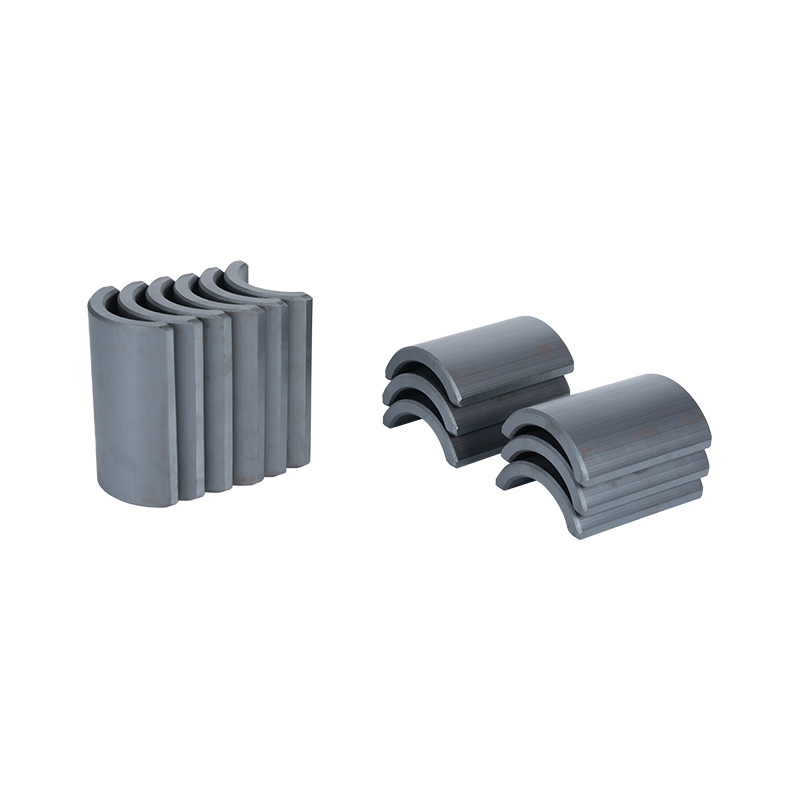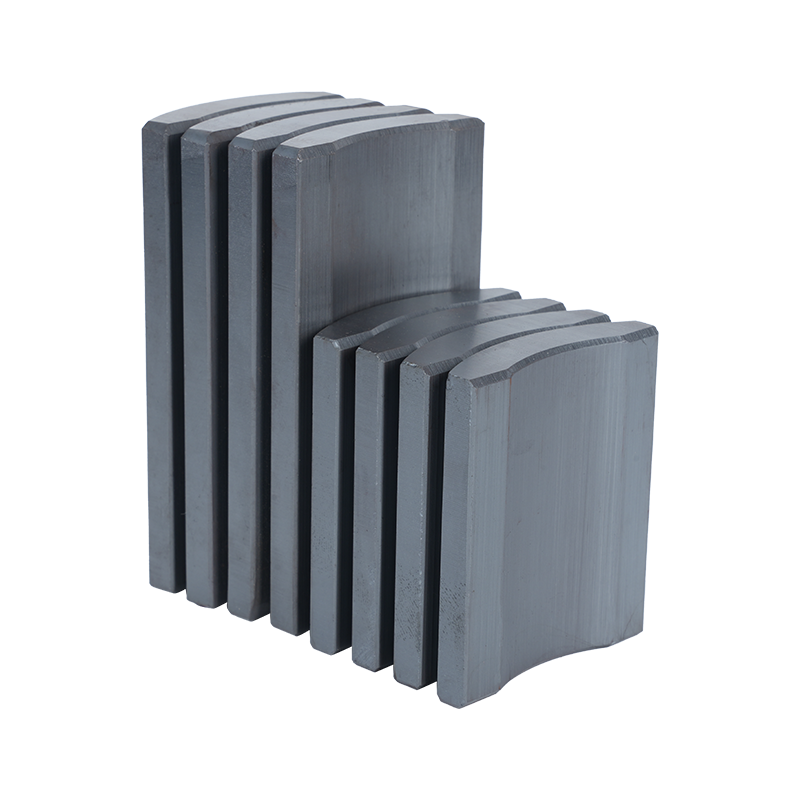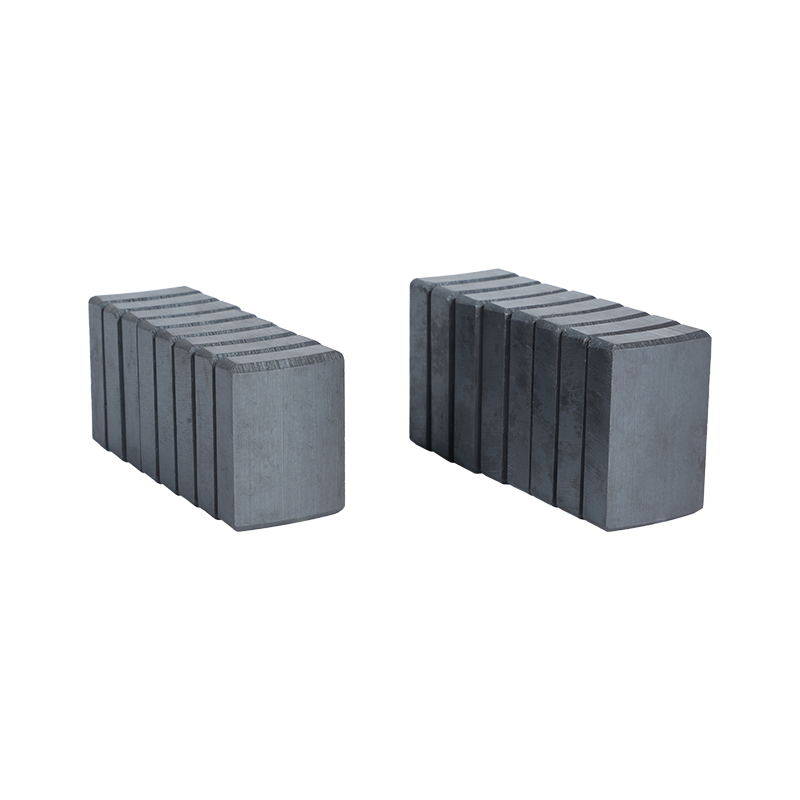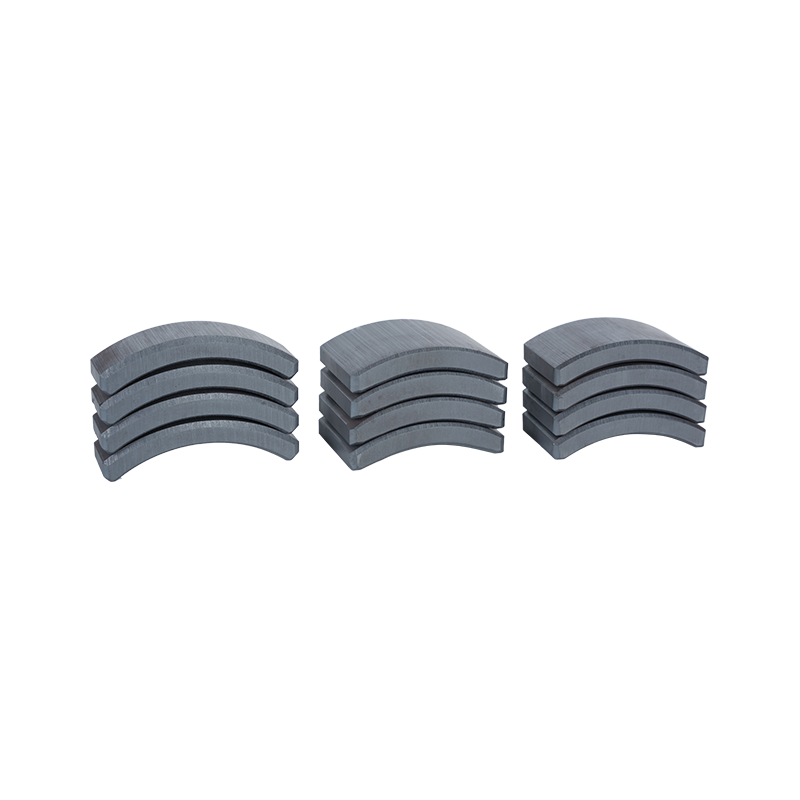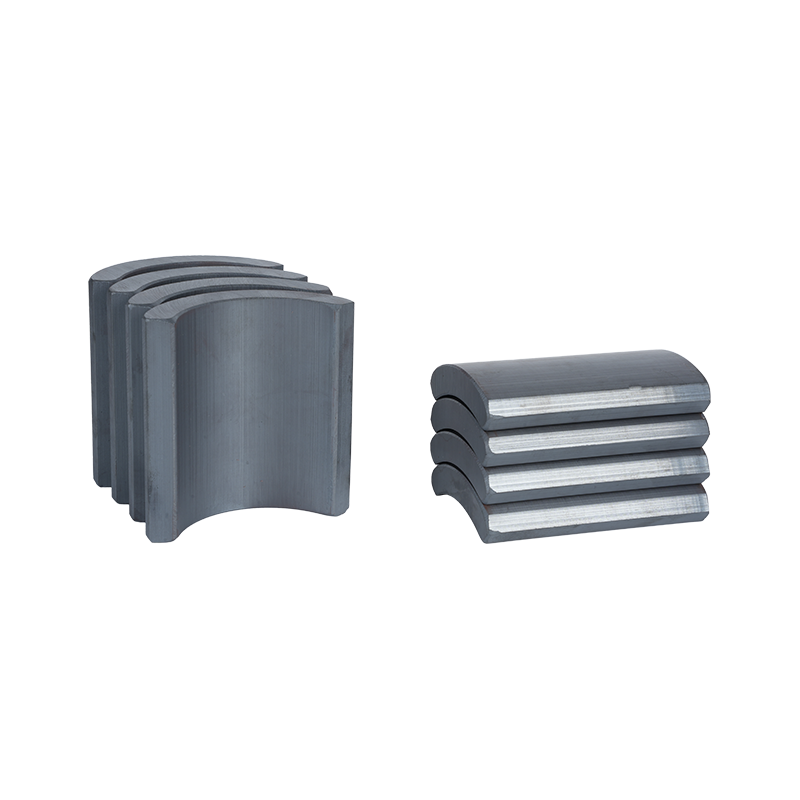Dong Yang TianQi Magnetic Segment Co.,Ltd.(formerly Shuangyang Magnet Tile) is a professional enterprise specializing in the production of motor magnet tiles
Search by posts
Categories
Popular products
Contact Us
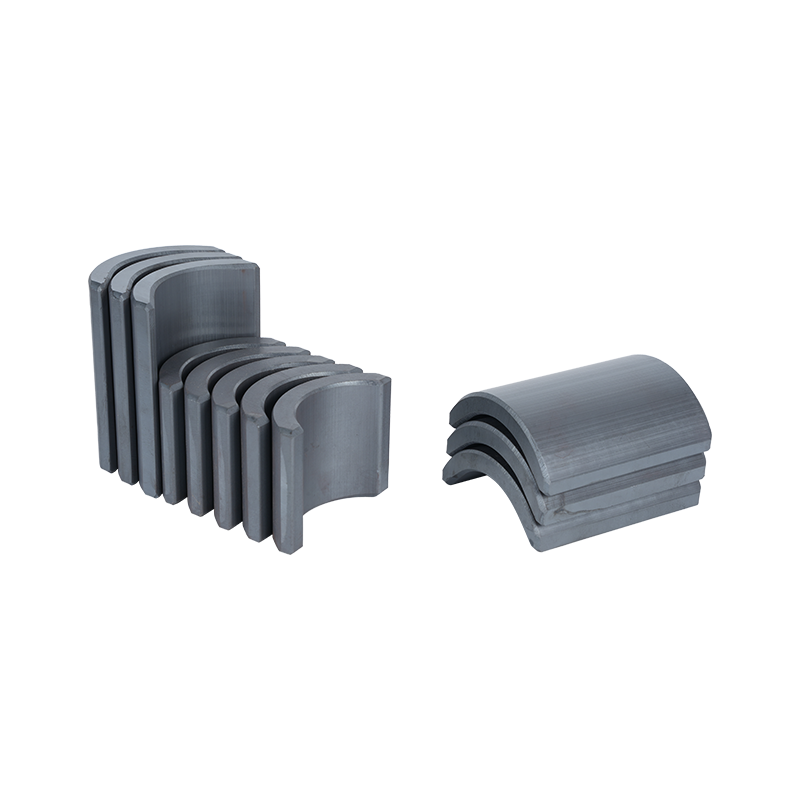
Industry News
 By Admin
By Admin
Fitness Equipment Magnetic Tiles: Redefining Flexibility in Modern Workout Systems
Fitness Equipment Magnetic Tiles are transforming how gym and home training equipment is designed and used. They represent a shift toward modular, adaptable, and user-friendly solutions in the global fitness market.
Applications in Fitness Equipment
Magnetic tiles are now widely used in various fitness equipment to enhance functionality and structure. Exercise bikes support magnetic resistance systems that provide smooth and consistent performance. On treadmill bases, they add stability and reduce vibration during movement. For strength and conditioning equipment, these tiles create secure magnetic joints that simplify assembly and disassembly.
In home gyms, they allow users to build multi-purpose setups, connecting racks, mats, and training platforms into different workout zones. This ability to rearrange components based on exercise type makes training environments more efficient and enjoyable. Even rehabilitation centers and sports institutions are introducing magnetic components to create safer, low-maintenance setups that can be adjusted quickly between sessions.

Enhancing User Experience and Design Efficiency
The biggest appeal of magnetic tiles lies in their ease of use. They enable quick attachment and removal of parts, reducing the need for tools and minimizing installation time. This convenience is particularly valuable in gyms and studios where space and time are limited.
For home users, the magnetic system provides flexibility — equipment can be rearranged or folded after each workout, keeping rooms tidy and organized. The magnetic hold ensures stability even during high-intensity training, offering both safety and performance reliability. Designers also appreciate the clean, minimal structure these tiles support, giving fitness products a modern, streamlined look that blends easily into home interiors.
Moreover, these tiles promote accessibility for users of all experience levels. People who prefer to exercise at home can quickly modify their setups without assistance, encouraging consistent workout routines and long-term engagement.
Adoption and Innovation Across the Industry
Manufacturers are increasingly integrating magnetic systems into their designs to improve durability and reduce maintenance. In addition to mechanical support, magnets also serve new functions such as sensor alignment and data collection for smart fitness devices.
This technological integration has encouraged the development of connected training systems that respond more precisely to user motion. Modular fitness machines now rely on magnetic joints for customizable resistance levels or adjustable platforms, providing a more personalized training experience. The introduction of hybrid designs—combining magnetic and electronic functions—reflects a growing focus on intelligent, efficient, and space-saving fitness solutions.
Sustainability and Future Development
The growing emphasis on sustainability is another factor driving the adoption of magnetic tiles. They reduce the need for screws, bolts, and disposable fasteners, making equipment assembly cleaner and more recyclable. Many companies are exploring environmentally friendly materials to pair with these magnetic components, reducing waste and extending product lifespans.
In addition, magnetic tiles support long-term repair and reuse. Components can be detached easily for cleaning or replacement, allowing users to maintain their equipment without professional service. Looking ahead, the role of magnetic connections will likely expand beyond current uses. The future may see entire fitness stations or adjustable gym flooring using magnetic systems to improve portability and adaptability in small living spaces.
Conclusion
Fitness Equipment Magnetic Tiles are redefining how fitness products are built and experienced. Their contribution to modularity, comfort, and sustainability reflects a broader shift in the industry toward user-centered innovation.


